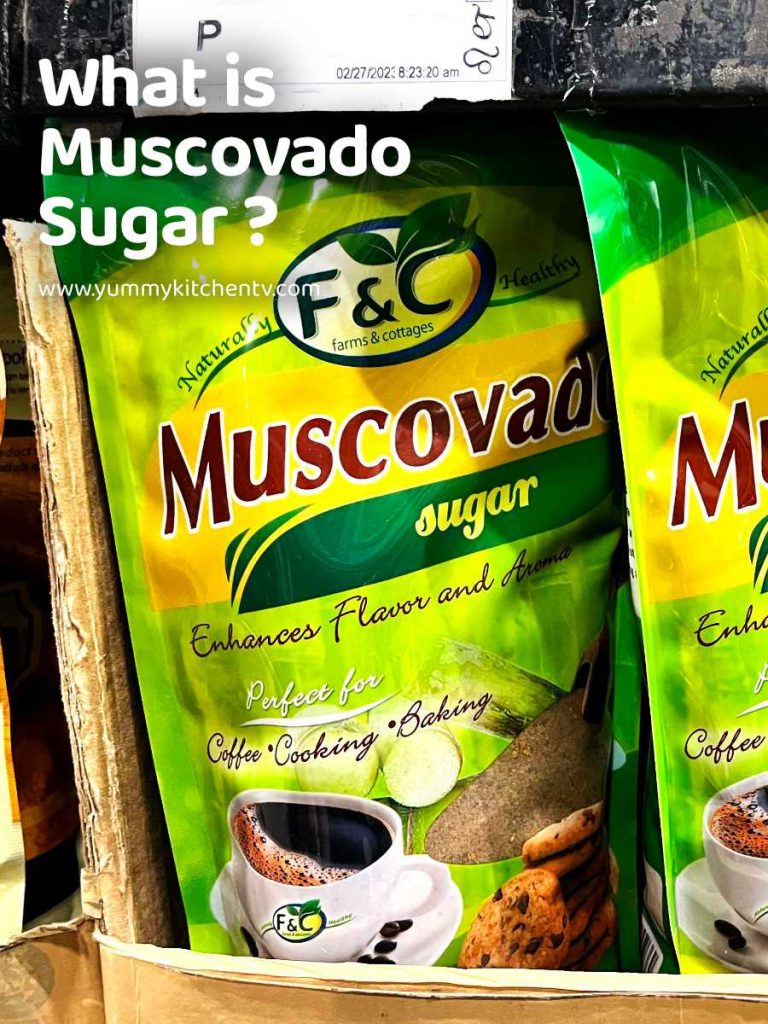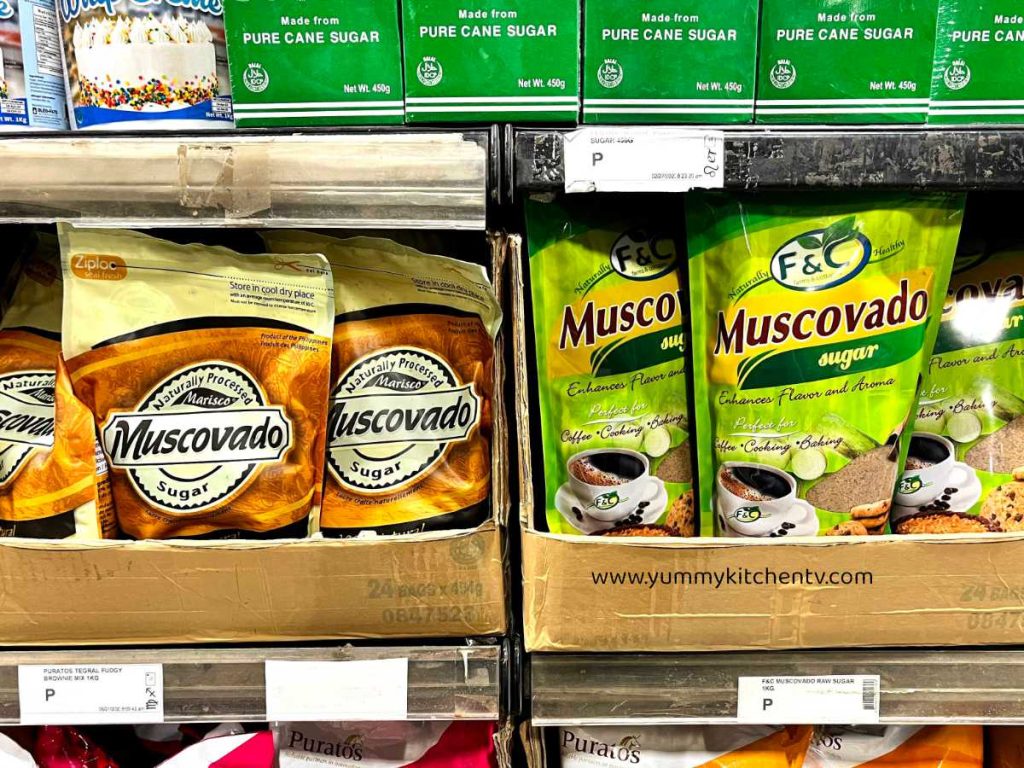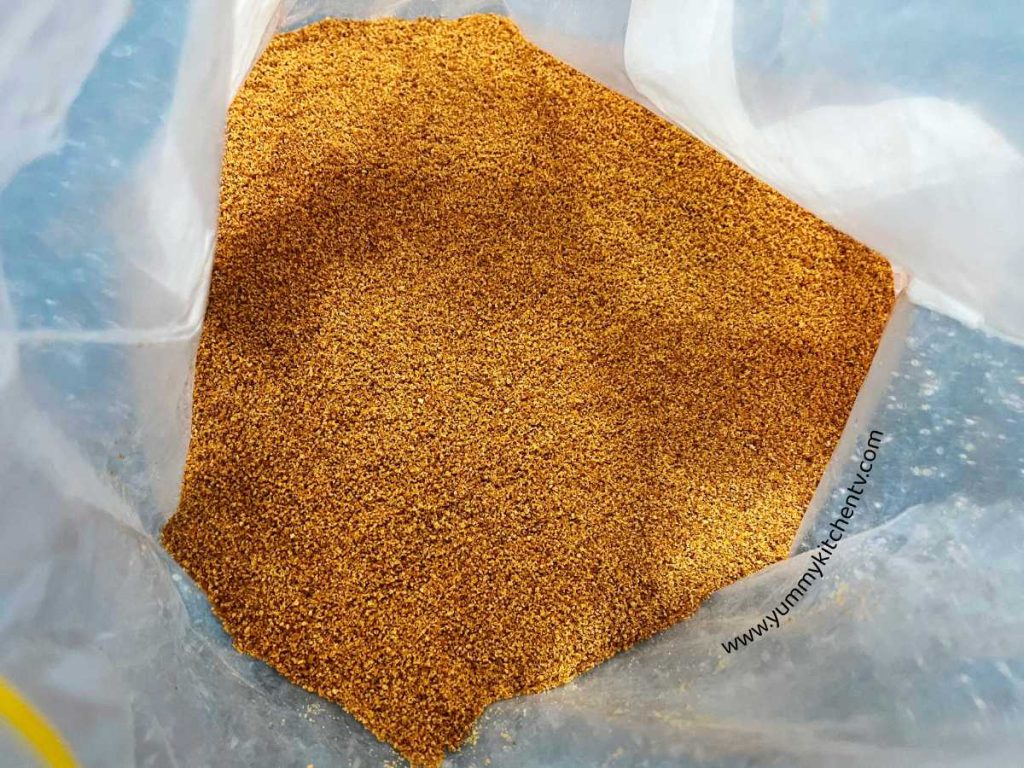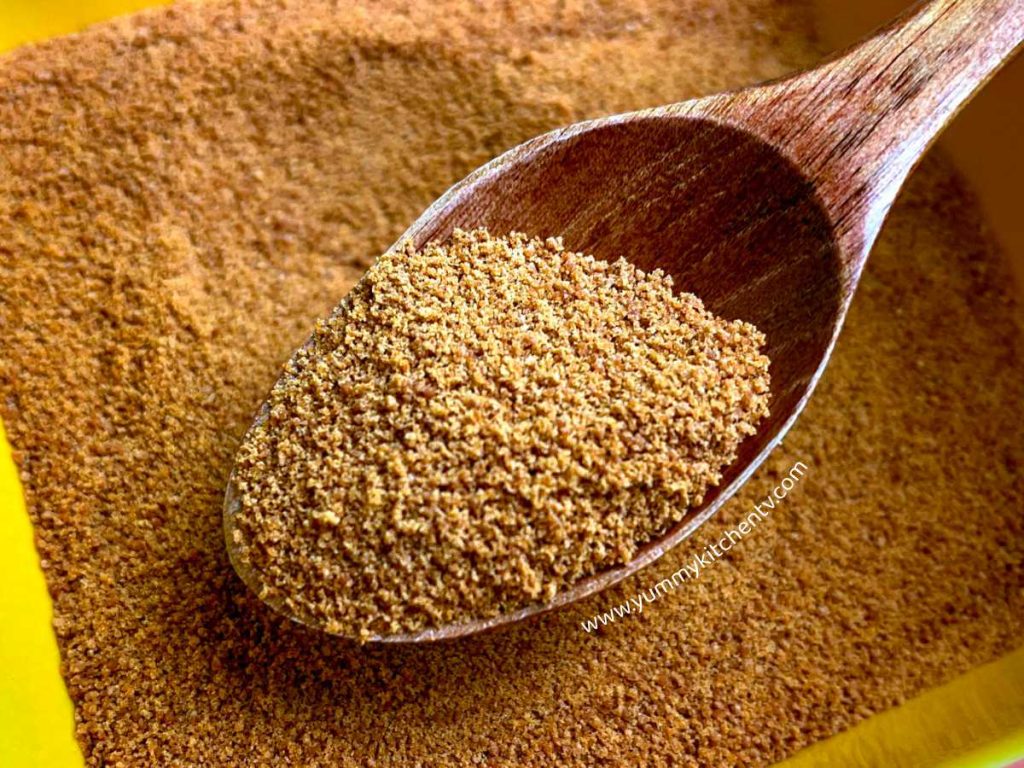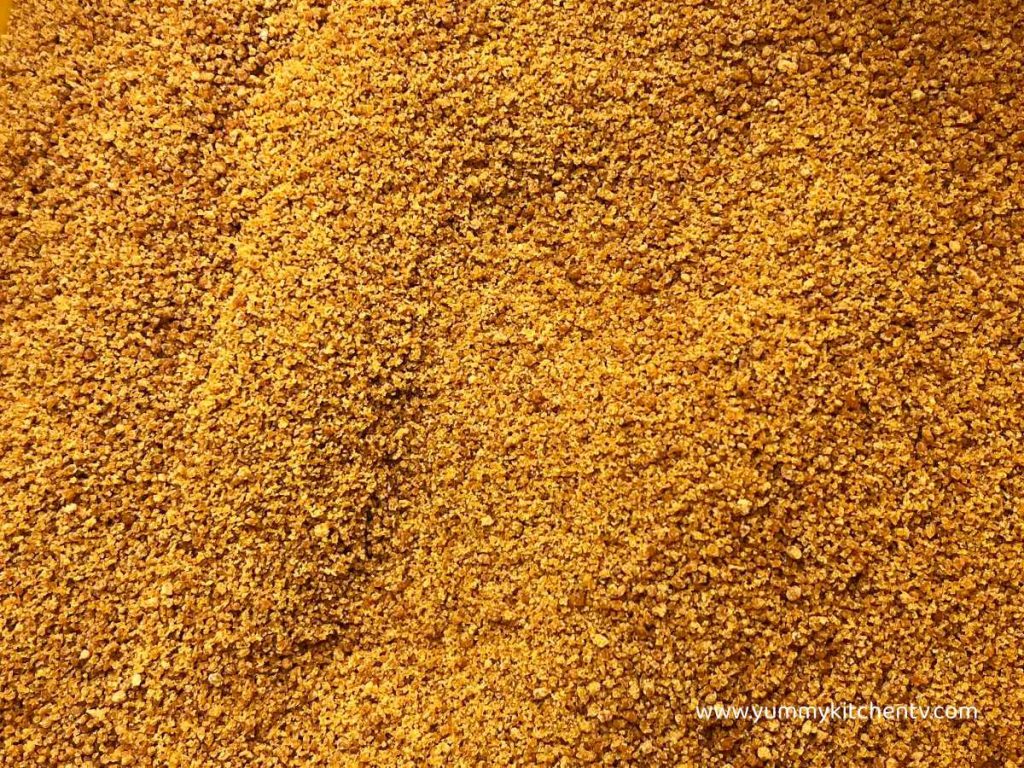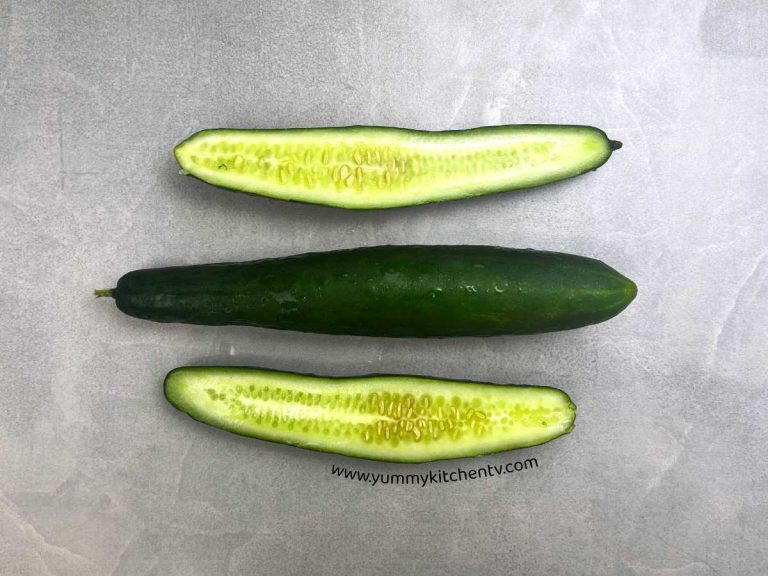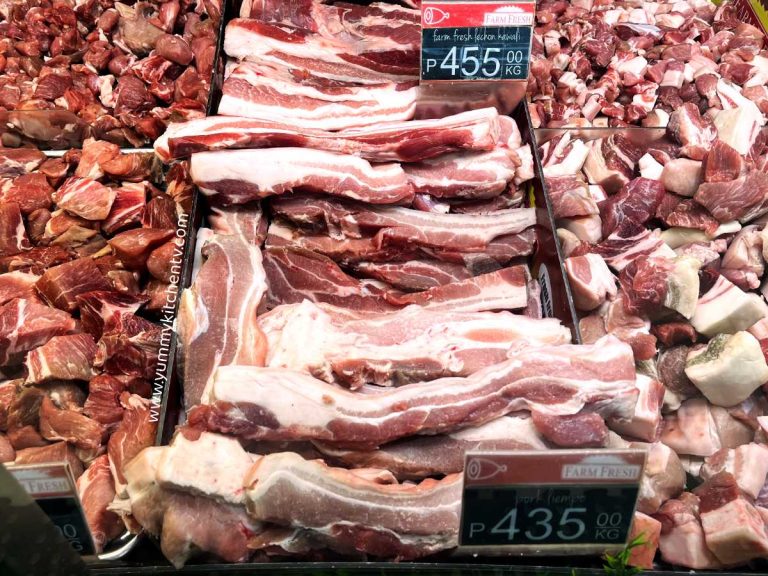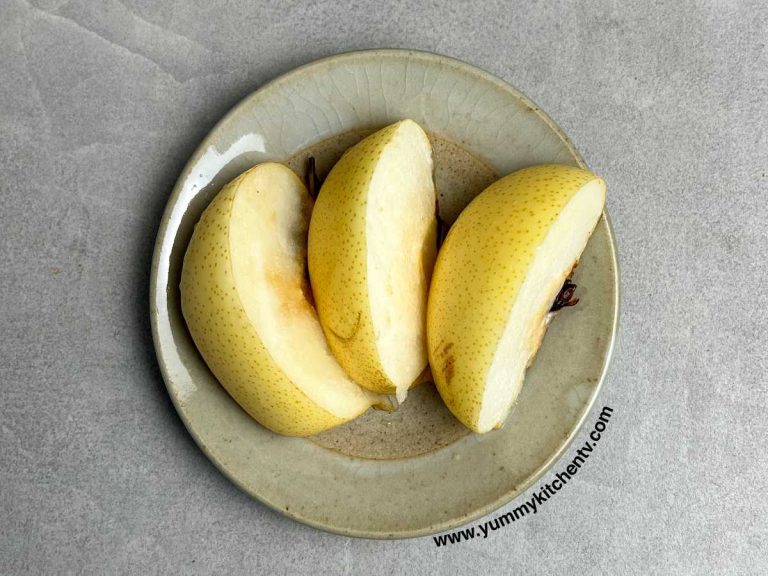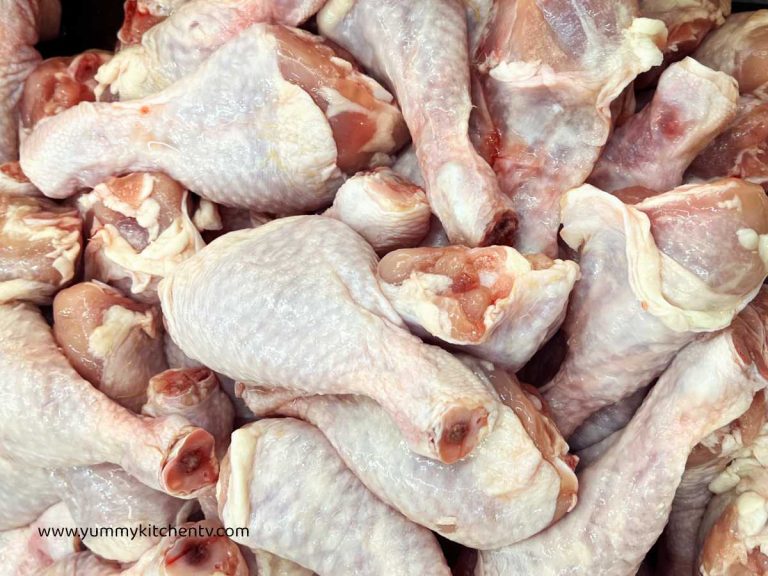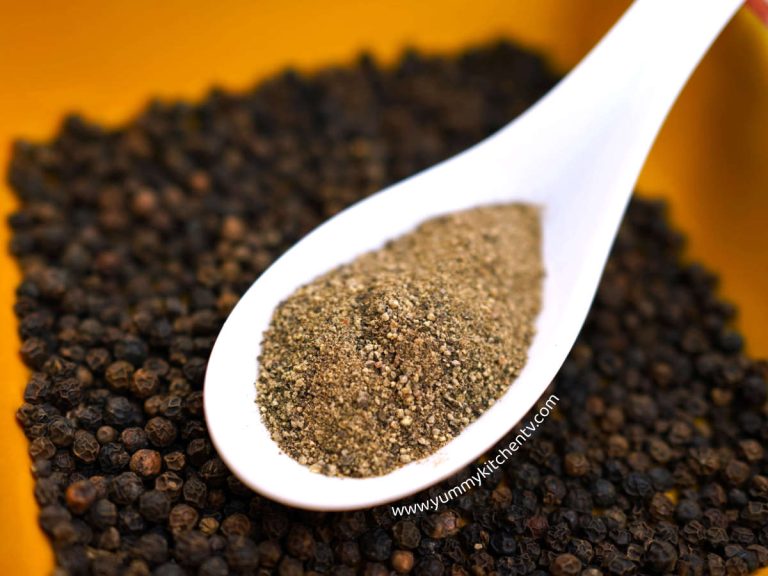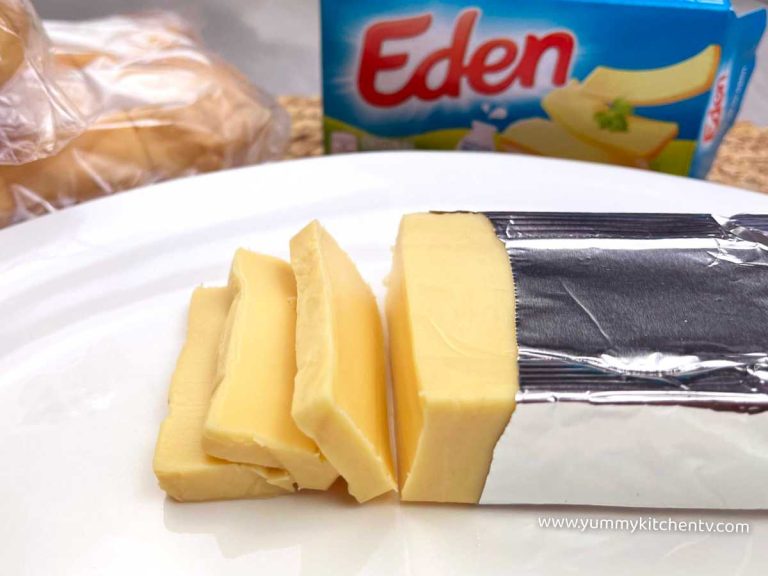Muscovado Sugar – Molasses-Infused Sweetness
Muscovado sugar or Barbados sugar is a dark brown-colored partially 100% unrefined cane sugar that has been evaporated, leaving it to contain natural molasses, giving it a deep toffee-like taste and moist texture. While many find it the ideal low carb option, as a sweetener with higher vitamins and minerals compared to other options, sugar is still sugar. Used for baking or cooking these give the dishes a deep natural caramelized flavor, it also gives baked goods extra moisture. A great choice for anyone looking for a more flavorful alternative to the usual refined sugars.
A short Introduction
Muscovado (pronunciation ‘muh-skuh-vaa-dow’ ), derived from the Portuguese ‘açúar mascavado’ or unrefined sugar, is a type of raw cane sugar, making it retain high portions of molasses like turbinado and demerara, giving it an intense almost burnt caramel taste. The texture is a bit sticky and coarse compared to other refined sugars like white sugar, that is made from processing sugar beets with animal bone char, bleaches, and chemical flocculants. Muscovado is made of sugarcane juice that is evaporated till they reach a level of concentration or when crystallization occurs, a continuous stirring is needed, poured into pans to dry before being crushed into sugar crystals.
It’s called “Khaand”, “Khand”, “Khandsari” in India, who also holds the title of being the top producer of Muscovado sugar. They are commonly used in their cakes, puddings and other desserts like halwas, barfis, and phirnis. The earliest known production of sugar refining came from Northern India, where it was introduced by Austronesian traders from Maritime Southeast Asia in 1000 BCE. While the exact date of the first sugarcane production is unclear, the earliest evidence came from Sanskrit and Pali texts. Around the 8th century Arab and Muslim traders introduced these in Medieval India,Mediterranean, Abbasid Caliphate, Egypt, Andalusia, and North Africa. The early modern age during the European colonization of Asia and Americas, a rapid increase of sugar production and sugar plantations were established. These were to refine sugarcane to raw sugar or distilled into rum for colonial plantations, or elsewhere to be processed further.
Nowadays, Muscovado is seen as an artisanal unrefined sugar, having 2 different kinds; the light muscovado sugar where some of the molasses is removed giving it the lighter brown color and taste. The dark muscovado sugar is the most common, and has the highest amount of molasses, making it very moist and gives it its rich dark brown color. What are muscovado sugar uses? These are popularly used in many sweet and savory recipes like; gingerbread cookies, coffee, brownies, sauces, marinades like barbeque, in making chai tea, cakes, glazes, oatmeal, and of course caramel. Where to buy Muscovado sugar? Simply find them at your usual grocery stores, at vegan, all-natural and organic retail stores, or online at specialty food stores.
Muscovado Sugar Benefits
Is muscovado sugar healthy? All sugars behave similarly to the body, regardless of the form it takes. Some might just be a bit healthier than the other. Muscovado sugar calories count to 4 calories per 1 gram. For this type of deep flavored, dark, unrefined sugar, there are some benefits to it like :
- Because it still holds a lot of molasses compared to other sugars, it has some antioxidant properties and minerals. Making it easier to digest compared to other sugars.
- While eating too much sugar can damage one’s health, this dark, molasses type sugar is a great alternative to add into the dish as it gives a nice sugary caramel or depending on how it’s cooked burnt caramel taste many adore.
- While there is not much nutritional content, like most sugars, it can provide a short burst of energy.
Muscovado Sugar Substitutes
What can I use instead of muscovado sugar? Sometimes this toffee-like flavored sugar is hard to find in the market or is a bit more expensive than others. Here are some Muscovado sugar alternatives:
- Brown sugar – the best and cheapest alternative. It’s refined sugar with ¼ or 1/3 of the molasses added into it. Giving it a light toffee taste, closer but not as deep as Muscovado sugar.
- Light brown sugar – a cheap but quite far tasting to be a replacement, has ⅙ or ⅛ of molasses mixed in.
- Demerara – a large grained, crunchy textured sugar. It slightly feels like a sticker version of brown sugar. A less refined sugar from Guyana, South America. Made from sugarcane. Great for adding a crunchy finish.
- Turbinado sugar– is the unprocessed cane sugar that can be bought from light to medium brown. They easily melt which makes them a good choice if you like to make caramel.
- Molasses sugar/syrup – also called black treacle, usually placed in glass bottles. Is a dark liquidy syrup made during the sugar-making process when the sugar beet or sugarcane is crushed, the liquid that comes out is the natural molasses, boiled a few times, taking away the sugar crystals and leaving the extracted juice.
- Jaggery – a tan colored unrefined sugar sold as patty cakes or in solid cones. Mostly found in India, these come from the sap of palm trees or sugarcane. It has an earthy taste compared to other sugars, the color and texture is the closest to Muscovado.
- Coconut palm sugar – muscovado sugar vs coconut sugar? This coco-nutty alternative is a low-glycemic substitute for muscovado, made from the coconut palm sap, which also takes its taste from. Great for adding a bit of coconutty-ness into the dish.
Muscovado sugar vs brown sugar
What is the difference? While they can be interchanged in baking or cooking. Both of these having a similar coloring and wet sand like texture, there are still some distinguishable factors like:
- Brown sugar is refined white sugar mixed with molasses. Which you can make at home.
- While Muscovado is unrefined and retains most of the ‘washed out’ molasses content. Having a higher concentration of molasses gives it more nutritional content. True molasses can only come from a sugar refinery.
- But the biggest difference is the taste; Muscovado is more complex, intense, with a deep caramel flavor and toffee notes. These also feel stickier and wetter. Brown sugar tastes a bit like mild toffee and light molasses. It also feels lighter and drier.
Recipes:
While many might think this sweetener can only be used in drinks, especially a darker ‘healthier’ sweetener for coffee, there are also other dishes you can use this delightful ingredient in. Whether using light muscovado sugar or dark muscovado sugar for baking, cooking, marinating, and many more, here are some Muscovado Sugar Recipes:
- Make a simple muscovado sauce by melting the sugar with very little water around 2:1 more or less to make a syrup to use as a topper for desserts like suman, tupig, pancakes, cupcakes, or just an easy sweetener to mix in coffee.
- Use this as a sugar alternative for Fruit Cake or Moist Banana Bread to make it even more moist and have a deeper taste. Check out the Double Chocolate Banana bread for the ultimate chocolate treat.
- Add them into dishes like Tofu and Mushroom Salpicao, Beef salpicao, or Pork Humba for that extra smoky taste, it also makes the glaze shinier.
Sugar is sugar, no matter the idea of ‘natural’, ‘vegan’ and ‘raw’ may be written over the packaging and sold in organic stores. Use any available sugar or the best choice for your dishes! It just goes to show that everything has to be consumed in moderation to really be able to enjoy life!
#MuscovadoSugar #NaturalSweetener #MolassesSugar #HealthySweetening #BakingWithMuscovado #RichFlavor #UnrefinedSugar #SweetLikeCaramel #SugarAlternatives #HealthyBaking


